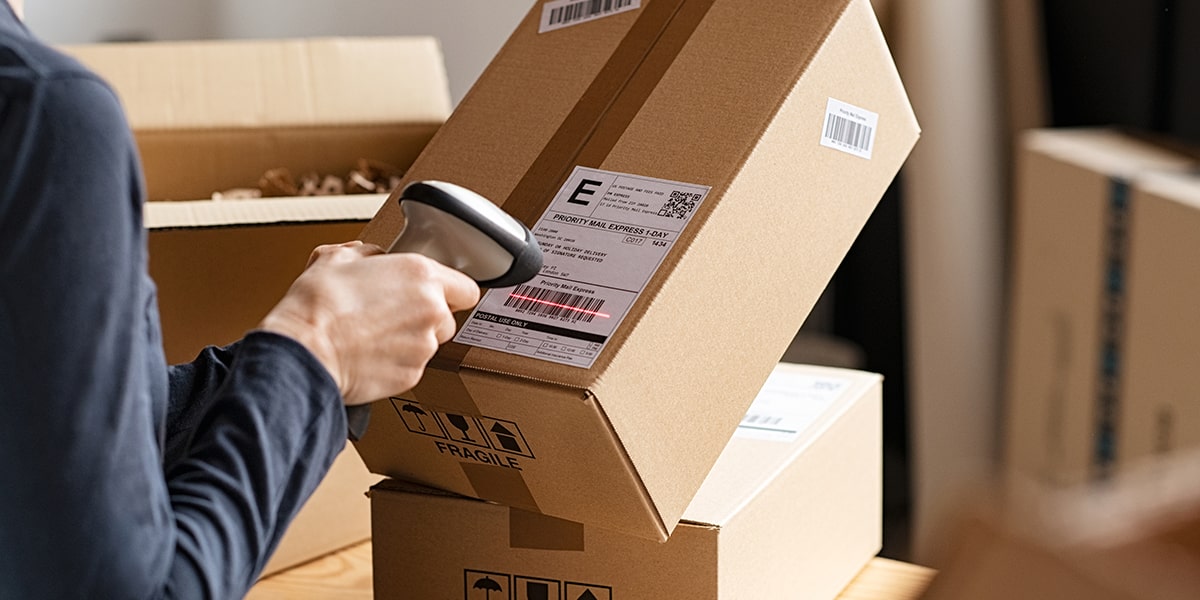VOC Testing in Packaging Materials
Volatile Organic Compounds (VOCs) testing is a critical aspect of ensuring that packaging materials meet regulatory standards and consumer safety expectations. VOCs are chemicals that have a high vapor pressure at normal room temperature, meaning they can easily evaporate into the air. In packaging materials, some harmful VOCs may migrate to food products or affect indoor air quality.
The testing process for VOCs in packaging materials involves several steps, including sample preparation and analysis using various analytical techniques such as Gas Chromatography-Mass Spectrometry (GC-MS) or Fourier Transform Infrared Spectroscopy (FTIR). The goal is to identify the presence of harmful compounds and quantify their concentrations. Compliance with relevant standards like ISO 16007, ASTM D3960, and EN 1815 ensures that packaging materials are safe for use.
The importance of VOC testing cannot be overstated. It helps manufacturers avoid potential legal issues, recalls, and damage to their brand reputation. Moreover, it contributes to environmental sustainability by reducing the release of harmful chemicals into the environment. For instance, some VOCs can contribute to smog formation when they react with other pollutants in the atmosphere.
From a technical perspective, the testing process typically involves extracting VOCs from packaging materials using solvent-based or thermal desorption techniques. The extracted compounds are then analyzed for their identity and concentration. This information is crucial for ensuring that the packaging meets regulatory requirements such as those set by the European Union’s Restriction of Hazardous Substances (RoHS) directive.
Understanding the environmental impact of VOCs in packaging materials is essential for developing sustainable practices. For example, using bio-based packaging materials can significantly reduce the amount of harmful VOCs released during production and disposal. Additionally, minimizing the use of volatile solvents in the manufacturing process can further enhance sustainability efforts.
Consumer trust plays a vital role in the success of any product, especially when it comes to food safety. By ensuring that packaging materials are free from harmful VOCs, manufacturers can build and maintain this trust. This is particularly important for companies operating in sectors such as food and beverage, pharmaceuticals, and cosmetics.
In conclusion, VOC testing in packaging materials is not just a regulatory requirement; it's an essential step towards creating safer products and contributing to environmental sustainability. By adhering to best practices and using advanced analytical techniques, manufacturers can ensure that their packaging meets the highest standards of safety and quality.
Scope and Methodology
| Aspect | Description |
|---|---|
| Sample Preparation | Packaging samples are cut into uniform pieces, weighed accurately, and placed in desorption tubes for VOC extraction. |
| Extraction Technique | Solvent-based or thermal desorption methods are used to extract VOCs from the packaging material. |
| Analytical Method | The extracted compounds are analyzed using GC-MS or FTIR for identification and quantification. |
The testing process is designed to ensure that the packaging materials comply with international standards such as ISO 16007, ASTM D3960, and EN 1815. These standards provide clear guidelines on acceptable levels of VOCs in packaging materials.
Once the analysis is complete, a detailed report is generated, outlining the types and concentrations of VOCs detected in the sample. This information is crucial for manufacturers to make informed decisions about their packaging processes and materials.
Environmental and Sustainability Contributions
The testing of VOCs in packaging materials not only ensures consumer safety but also contributes significantly to environmental sustainability. By identifying harmful compounds early in the manufacturing process, manufacturers can take corrective actions to reduce their environmental footprint.
One way this is achieved is by using bio-based or recycled materials for packaging, which inherently reduces the amount of VOCs released during production and disposal. Additionally, minimizing the use of volatile solvents in the manufacturing process further enhances sustainability efforts.
Consumer trust is a key factor in maintaining brand reputation. By ensuring that their packaging meets the highest standards of safety and quality, manufacturers can build long-term relationships with consumers. This is particularly important for companies operating in sectors such as food and beverage, pharmaceuticals, and cosmetics, where consumer safety is paramount.
Overall, VOC testing in packaging materials plays a crucial role in creating safer products while also promoting environmental sustainability. By adhering to best practices and using advanced analytical techniques, manufacturers can ensure that their packaging meets the highest standards of safety and quality.
Competitive Advantage and Market Impact
- Compliance with international regulations and industry standards, ensuring consumer trust in your products.
- Reduction of legal risks associated with non-compliance or product recalls due to harmful VOCs.
- Enhanced brand reputation through the provision of safe and environmentally friendly packaging materials.
- Increased market competitiveness by offering products that meet the highest safety standards.
In today's competitive market, ensuring compliance with VOC testing regulations is not only a legal requirement but also a strategic advantage. It allows companies to differentiate themselves from competitors and build long-term customer relationships based on trust and reliability.





